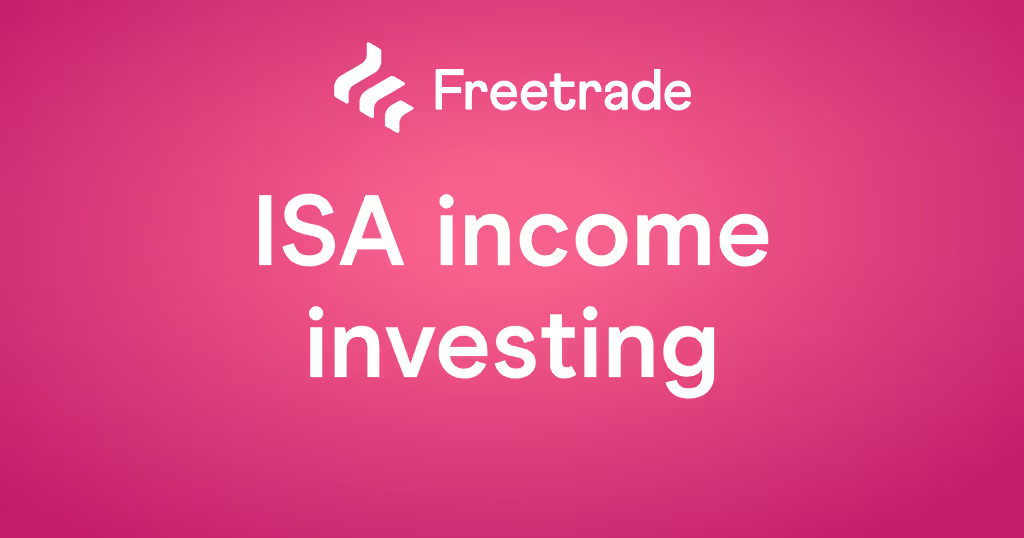If you're an ISA investor then you're in good company.
The latest HMRC records show investors hold an astonishing £430 billion in stocks and shares ISAs, across the UK, with £28 billion added in the tax year ending April 2023.
In the next few weeks, billions of pounds more will pour into ISAs as investors rush to use their allowances before the tax year ends on 5 April.
If you’re among the UK’s 8 million ISA investors, here are seven effective strategies to boost your ISA wealth in 2025.
1) Beat the tax hike
Capital Gains Tax (CGT) is on the rise. It's on track to raise £15 billion for the Treasury in the 2024-25 tax year and soar to nearly £24 billion by 2028-29.
The rising tax burden makes ISA investing more valuable than ever, helping protect your wealth from capital gains, dividend, and interest income taxes.
This table shows the impact of recent CGT and dividend tax hikes. A higher-rate taxpayer with a gain of £10,000 would now pay £1,680 CGT, compared to nothing in the tax year ending April 2023.
Using your ISA is key here because investments held inside an ISA are completely exempt from both CGT and UK dividend tax.
2) Use or lose your allowances
The spring statement is approaching, and there are rumours that Chancellor Rachel Reeves might adjust the ISA rules, potentially lowering the cash ISA allowance to £4,000 on 26 March.
Any changes to cash ISA rules won't directly affect stocks and share ISAs, but it’s a timely reminder to make the most of your £20,000 ISA allowance.
You can’t carry forward any unused ISA allowances, so you’ll need to use it before the current tax year ends on 5 April.
If you can afford it, using your full annual ISA allowance is one of the best ways to protect your wealth from capital gains and UK dividend tax and supercharge your long-term wealth.
3) Play the long game
“Our favourite holding period is forever,” said investing guru Warren Buffett, who famously rejects short-term investing strategies.
Using your ISA to invest in stocks and shares for less than five years is risky because there may not be enough time to recover from a stock market dip. But investing for the long term gives your investments time to bounce back, increasing the chance of a positive return.
The Barclays 2024 Equity Gilt Study examines investing data over the past 130 years, showing that there has historically been a 70% likelihood of shares providing better returns than cash over two years. With an investing period of over ten years, this rises to 91%. With investing, nothing is ever guaranteed, but the numbers are compelling.
Long-term investing is all about harnessing the power of compound interest to get rich slowly. For example, investing £10,000 now in your ISA could snowball into wealth of £16,288 after 10 years, £26,532 after 20 years, and an impressive £70,399 after 40 years, assuming 5% annual investment growth. This is just an illustration that does not include the effects of any costs and charges. These forecasts are not a reliable indicator of future performance.
4) Diversify your investments
Without a crystal ball, it’s impossible to know which shares, sectors, geographies, or asset classes will gain the most in the future. And that’s where diversifying your ISA investing comes in.
Expert analysis from Blackrock shows that different types of assets have led the pack in recent years.
Here’s a quick rundown of which asset types performed best between 2016 and 2024:
- Large US stocks won the race in 2023 and 2024, with returns of 27% and 25%, respectively, as tech stocks began to soar. Japanese equities finished second in 2023, and Chinese stocks were runners-up in 2024.
- Commodities were ahead of the pack in 2021 and 2022 as the Covid pandemic boosted commodity prices.
- Large US equities enjoyed the best returns in 2019 while Chinese equities finished top in 2020.
- 2018 was a poor year for equities, with most finishing in negative territory and cash on top.
- Chinese equities topped the tables in 2017 along with most developed and emerging equities.
- High-yield bonds won out in 2016, while Chinese equities won out in 2015.
Given global markets are unpredictable, having a diversified portfolio can help protect your wealth by spreading your risk across different asset classes and geographies. And it can be as simple as picking a well-diversified fund or ETF that allows you to own the whole market.
To quote Vanguard founder and investing legend John Bogle, “Don't look for the needle in the haystack. Just buy the haystack!"
5) Think like a business owner
ISA investing gives ordinary investors the chance to become a business owner with minimal effort.
That’s great news because it means you don’t have to become the next Jeff Bezos to grow your wealth.
The beauty of owning shares inside your ISA is that you can own a small portion of many successful businesses from your armchair. As a shareholder, you benefit from any future share price growth, as well as receiving regular dividends, while assuming the risk that the share price may drop or dividends may stop.
In the words of John Bogle, “Successful investing is about owning businesses and reaping the huge rewards provided by the dividends and earnings growth of our nation's - and, for that matter, the world's - corporations.”
Thinking like a business owner means researching potential investments before taking the plunge. Here are some questions to ask:
- Is this a business I want to own for the long-term?
- Is there consistent earnings growth? Or is the company encountering headwinds?
- Is there demand for the products or service increasing or declining?
- Does the business have a competitive advantage?
- What is the quality of the management team?
- How are the shares valued relative to competitors in similar industries?
6) Reinvest your dividends
Harnessing the power of dividends could give your ISA a big boost in 2025.
Dividends are a way of sharing profits with shareholders regularly, so the more shares you own, the larger your dividend payment. And reinvesting those dividends is a powerful way to supercharge your investments, as the more you reinvest, the bigger your wealth grows over time.
By reinvesting their dividends, an investor in the S&P 500 would have nearly doubled their returns between 1993 to 2021. Analysis by Investopedia, shows the price return, excluding dividends for the S&P 500 was 789% between 1993 and 2021, compared to a whopping 1,400% for the total price return, including dividends reinvested.
Remember these are the returns of an index so do not include any fees or charges that investors may incur if investing in an ETF that tracks this index.
Source: https://www.spglobal.com/spdji/en/indices/equity/sp-500
Past performance is not a reliable indicator of future returns. Returns in USD. The returns may increase or decrease as a result of currency fluctuations.
7) Review your contributions
As a regular ISA investor, one of the simplest ways to boost your ISA wealth is by increasing your ISA contributions by just a little each year.
By reviewing and increasing your investments each year, you can make the most of any pay rises and bonuses. It also goes a long way to counteracting the impact of inflation on your investments.
This strategy is a great way to optimise your hard-earned cash and inch closer to achieving your financial dreams.
When you invest, your capital is at risk. The value of your investments can go down as well as up and you may get back less than you invest.
Freetrade does not give investment advice and you are responsible for making your own investment decisions. If you are unsure about what is right for you, you should seek independent advice.
ISA and SIPP eligibility rules apply. Tax treatment depends on your personal circumstances and current rules may change.
Check before you transfer an ISA or pension to us that we can accept your investments, you won’t lose any guarantees, and that you know what charges you may incur. Seek advice if you are unsure about making a transfer.
Pensions that are transferred to the Freetrade SIPP may lose the protected pension age benefit. This means that you will not be able to draw the monies from the Freetrade SIPP until you are aged 57. Please ensure you know what this means for you and the effect it may have on you and your savings.
A SIPP is a pension designed for you to save until your retirement and is for people who want to make their own investment decisions. You can normally only draw your pension from age 55 (57 from 2028), except in special circumstances.
At present, Freetrade only supports Uncrystallised Fund Pension Lump Sums (UFPLS) for customers who wish to withdraw funds from their SIPP after their 55th birthday. We strongly encourage you to seek financial advice before making any withdrawals from your SIPP.













